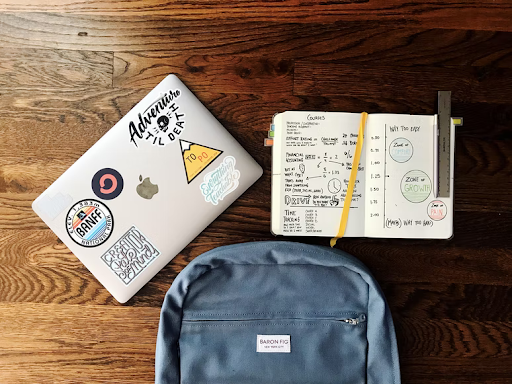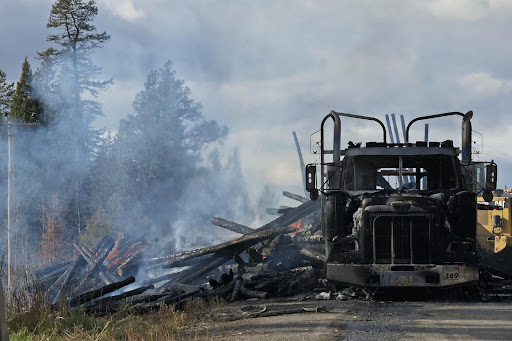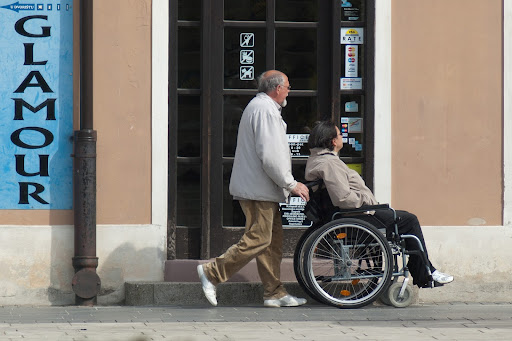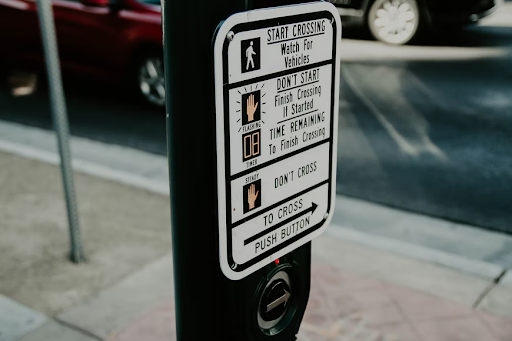Studying Abroad? Here Are Some Moving Tips
If you’re planning on studying abroad, congratulations! You’re in for an amazing experience. But before you start packing your bags, there are a few things you should keep in mind. Here are some moving tips to help make your transition smoother:
Research your destination
One of the most important aspects of moving to a new country is research. This will help you be prepared for culture shock and know what to expect from your new home. It’s also a good idea to brush up on the language if possible. Even if you only know a few basic phrases, it will make communication much easier once you arrive. Also, research if you can ship your luggage from here to there in advance. Being able to send ahead boxes, suitcases, or bags to your destination will help you get a comfortable trip to your destination by packing only the essentials.
Whether you will be living in a big city or a small town, it is important to research your new home. Find out what the locals recommend for restaurants, attractions, and activities. Ask your program coordinator for advice, and look online for blog posts from students who have studied abroad in your destination. And when you arrive at your destination, take some time to explore. Get lost! This is one of the best ways to see a new place. Talk to the people you meet along the way and get their recommendations for things to do.
Pack light
This cannot be stressed enough. You will be doing a lot of traveling while you are abroad, and lugging around a heavy suitcase is just not practical. You don’t want to be bogged down with too many belongings. Instead, pack light and bring only the essentials. Make sure everything fits in one suitcase. This way, you can easily move from place to place without having to worry about your baggage. You can always buy things once you settle in.
Use packing cubes
If you’re studying abroad, you’re probably going to be doing a lot of traveling. And if you’re going to be doing a lot of traveling, you’re going to want to use packing cubes. Packing cubes are great travel accessories because they help keep your clothes organized and compact. They also make it easy to pack and unpack your bag.
Here are some tips for using packing cubes:
- Make sure to get the right size cubes for your bag. You don’t want them to be too big or too small.
- Pack each cube tightly. This will help maximize space in your bag.
- Label each cube with its contents. This will make it easier to find what you need when you’re unpacking.
- Use one cube for each type of clothing. For example, you could have a cube for shirts, another for pants, and another for socks and underwear.
With these tips, packing cubes will become your best friend when it comes to fitting everything into one suitcase. They help keep your trips organized and make it easier to find what you need.
Make copies of important documents
Moving abroad can be a daunting task, but there are ways to make it easier for yourself. One of the most important things you can do is to make copies of all your important documents. This includes your passport, birth certificate, driver’s license, and any other documents that you might need while you’re away from home. Having copies of these documents will help you in case you lose them or if they get stolen. You should also keep them in a safe place so that you can access them easily if you need to.
Have all the necessary vaccinations
Another helpful tip is to make sure that you have all the necessary vaccinations before you leave for your trip. Many countries require certain vaccinations in order to enter, so it’s important to be up-to-date on all of your shots. You can check with your doctor or the embassy of the country you’re traveling to in order to find out what vaccinations are required. Be sure to keep a copy of your vaccination card and bring the original card just in case it will be needed.
Be prepared for jet lag
One of the most difficult things about moving abroad is adjusting to the time difference. It’s common to feel tired and disoriented when you first arrive in a new time zone. If you’re moving to a country that’s several time zones ahead or behind your home country, it’s important to be prepared for jet lag. There are a few things you can do to help ease the transition and make sure you’re able to hit the ground running when you start your studies.
First, try to gradually adjust your sleep schedule in the days leading up to your flight. If you’re flying east, this means going to bed earlier each night; if you’re flying west, it means staying up later. This will help your body get used to the new time zone before you even leave home. Second, drink plenty of water on the plane and try to stay awake during the day so you can adjust to the new schedule more quickly. Once you arrive at your destination, don’t go to bed until it’s actually bedtime there. This can be tough, especially if you’re exhausted from travel, but it’s important to stick to the local schedule as much as possible.
Finally, get outside and enjoy the sunshine during the day. This will help to reset your body clock and make it easier to sleep at night. With a little preparation, you can minimize the effects of jet lag and make sure you’re ready to start your studies abroad on the right foot.
Enjoy the move
Finally, don’t forget to enjoy yourself! This is a once-in-a-lifetime experience. Studying abroad is an incredible opportunity that will create memories to last a lifetime. Embrace all that your host country has to offer. Embrace everything your new country has to offer and soak up as much as you can. Try new foods, meet new people, and see as much as you can. This is an amazing opportunity to learn about other cultures and expand your worldview.

So there you have it, a few moving tips to help make your transition smoother. Remember to do your research, pack light, and be prepared for jet lag. And most importantly, don’t forget to enjoy yourself! Studying abroad is an amazing opportunity that will create memories to last a lifetime. Safe travels!















